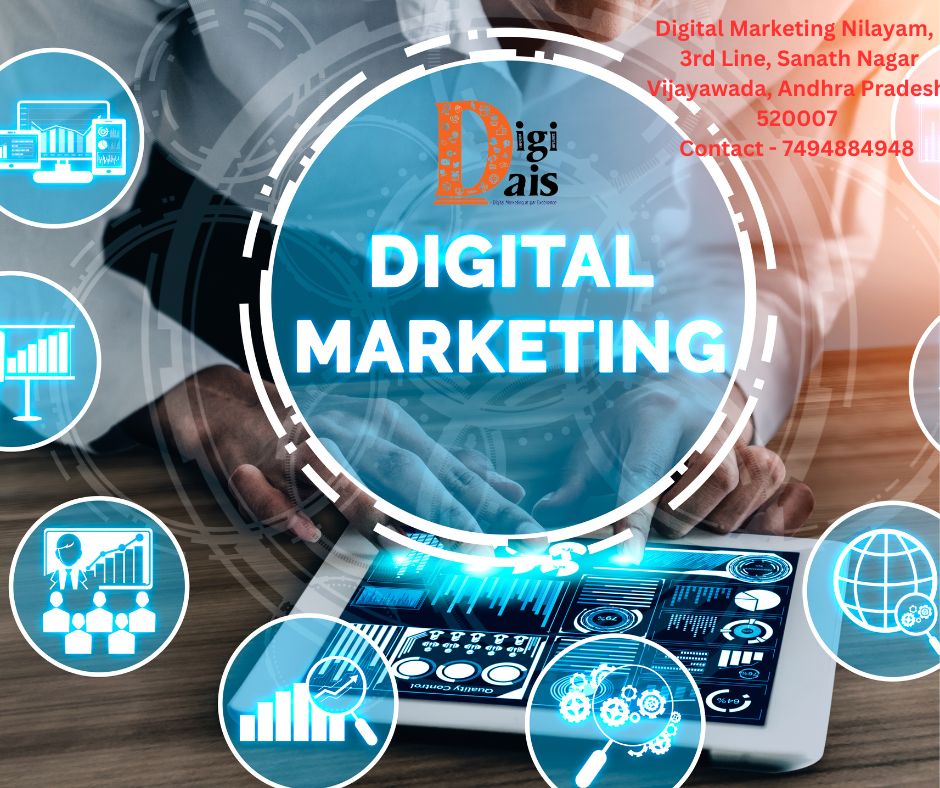Evolution Unveiled: The History of Digital Marketing
The history of digital marketing is a captivating journey through the transformative power of technology, changing consumer behaviors, and the continual quest for innovative ways to connect with audiences.
1. Emergence of the Internet: The seeds of digital marketing were sown with the advent of the internet in the late 20th century. The 1990s witnessed the birth of websites and email, laying the groundwork for a new era of communication.
2. Rise of Search Engines: As the internet expanded, search engines like Yahoo, AltaVista, and the game-changer, Google, emerged. Marketers realized the potential of search engine optimization (SEO) to enhance online visibility.
3. Birth of Social Media: The early 2000s saw the rise of social media platforms like Friendster and MySpace, foreshadowing the social media revolution. Facebook, Twitter, and LinkedIn emerged, creating unprecedented opportunities for targeted communication.
4. Mobile Revolution: With the proliferation of smartphones, digital marketing adapted to the mobile-centric landscape. Mobile apps, responsive design, and location-based marketing became integral components of campaigns.
5. Content Marketing Ascendance: In the mid-2000s, content marketing gained prominence. Brands recognized the value of storytelling and engaging content to connect with audiences, leading to the rise of blogs, podcasts, and video content.
6. Data-Driven Insights: Advancements in analytics and big data allowed marketers to gather and analyze vast amounts of consumer data. This ushered in an era of data-driven decision-making, enabling personalized and targeted marketing strategies.
7. Artificial Intelligence and Automation: The 2010s witnessed the integration of artificial intelligence (AI) and automation into digital marketing. Chatbots, predictive analytics, and programmatic advertising revolutionized how brands interacted with consumers.
8. Influencer Marketing and Ephemeral Content: The latter part of the decade saw the emergence of influencer marketing, leveraging individuals with significant online followings. Additionally, ephemeral content on platforms like Snapchat and Instagram Stories gained popularity for its temporary and authentic nature.
9. Present and Future: Today, digital marketing continues to evolve with immersive technologies like augmented reality (AR) and virtual reality (VR), as well as the growing importance of video content and voice search optimization.
Conclusion: The history of digital marketing is a testament to the industry’s adaptability and innovation. From the early days of the internet to the current era of AI and immersive experiences, digital marketing remains a dynamic force, shaping how brands connect with their audiences in an ever-changing digital landscape.
